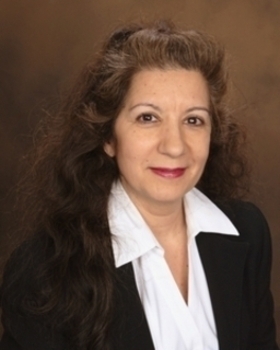Question
How do you treat an individual who speaks on inhalation? It is limited to some medial and many final sibilants at the word level but prosody is disturbed at the conversational level.
Answer
Firstly, identify if the patient is using inhalation phonation as a voice therapy technique because there are no other options for speech production on exhalation (obviously preferred). The technique of inhalation phonation is useful for helping aphonic patients, such as those using ventricular phonation (using false instead of true fold vibration). As Inhalation during phonation also vibrates the vocal folds upon endoscopic viewing it is an excellent way to elicit true fold vibration in functionally aphonic patients but may not be useful with other types of vocal disturbances. This has to be determined before moving into improving the technique of inhalation phonation. Therefore, utilizing inhalation phonation can be considered for awareness of true fold vibration as well as to elicit short utterances.
It seems by the wording of your question you are asking how to improve the length of the inhaled utterances? It would be important to identify the disorder you are referring to in this question to better determine the course of action for increasing utterance length. However, I would caution the use of inhalation phonation as the only means of communication for any patient if long utterances are end goals. The utterance length will be naturally shortened as inhalation requires "active" muscle, no "passive" help. Meaning expiration utilizes muscle activity but also heavily relies on gravity, recoil and other "passive" forces to help with the complex act of speaking. Inspiration also is shorter in time duration which does not help increase length of utterance. However, if I were to concentrate on shorter, functional utterances this may be a good starting point. Also, starting with groups of sounds that are low pressure, continuant sounds such as vowels might be better than high pressure sounds such as many fricatives. You may be able to build up to short phrases with practice. For additional information you may want to retrieve an article by Harrison, et. al (1992) in the Annals of Otology, Rhinology and Laryngology revealing one of the author's use of inspiratory speech. The patient's occupation depended largely upon use of his voice. He had used inhalation therapy for over 6 years as a means to compensate for adductor spasmodic dysphonia. His expiratory speech is characterized by frequent vocal blocks, poor pitch control, and limited intensity. However, they reported that they had no difficulty understanding his speech using inhalation phonation therapy.
References:
Colton, Raymond & Casper, Janina, 1996. Understanding Voice Problems: A Physiological Perspective for Diagnosis and Treatment. p.299-300.
Harrison, Gordon; Davis, Pamela; Troughear, Richard; & Winkworth, Alison, (1992). Inspiratory speech as a management option for spastic dysphonia - case study. Annals of Otology, Rhinology and Laryngology, 101, 375-382.
Dr. Bridget A. Russell received her B.A., M.A., and Ph.D. from the State University of New York at Buffalo. Since that time she has been employed as an Associate Professor at the State University of New York College at Fredonia. Her main research interests are professional voice, and voice/respiratory disorders affecting speech production. She has published works in JSHLR and Voice and Speech Review and has served as editorial consultant for JSHLR. She is director of the Speech Production Laboratory at SUNY College at Fredonia and is currently researching the efficacy of voice therapy with patients at the Voice Center of Western New York.

